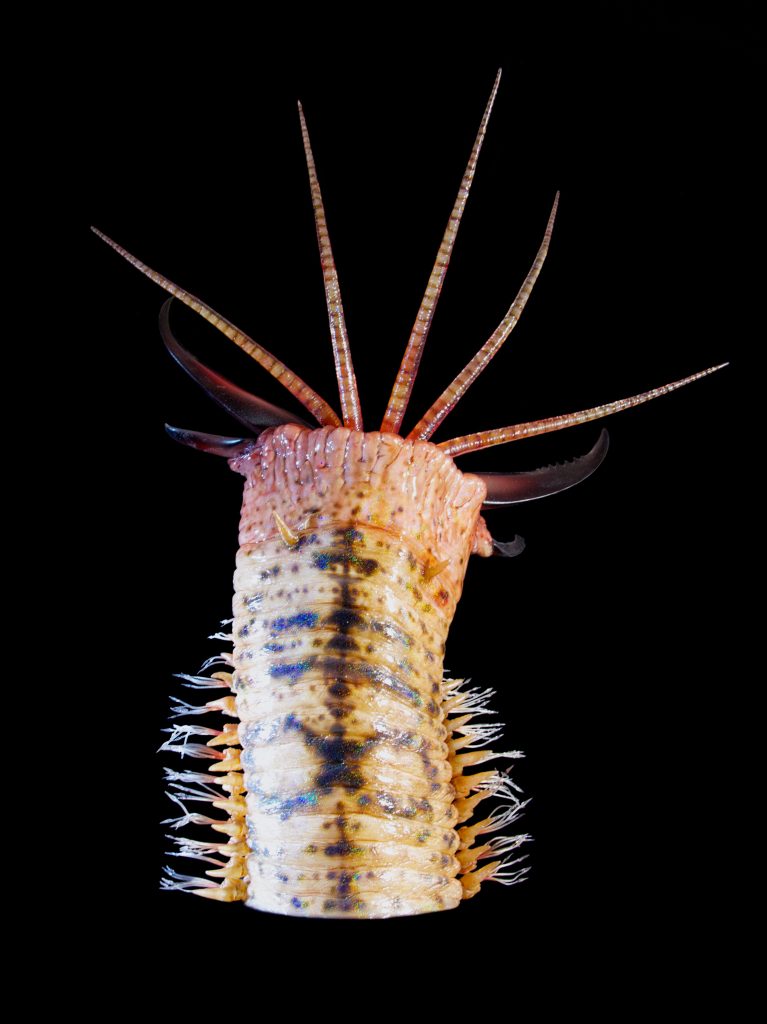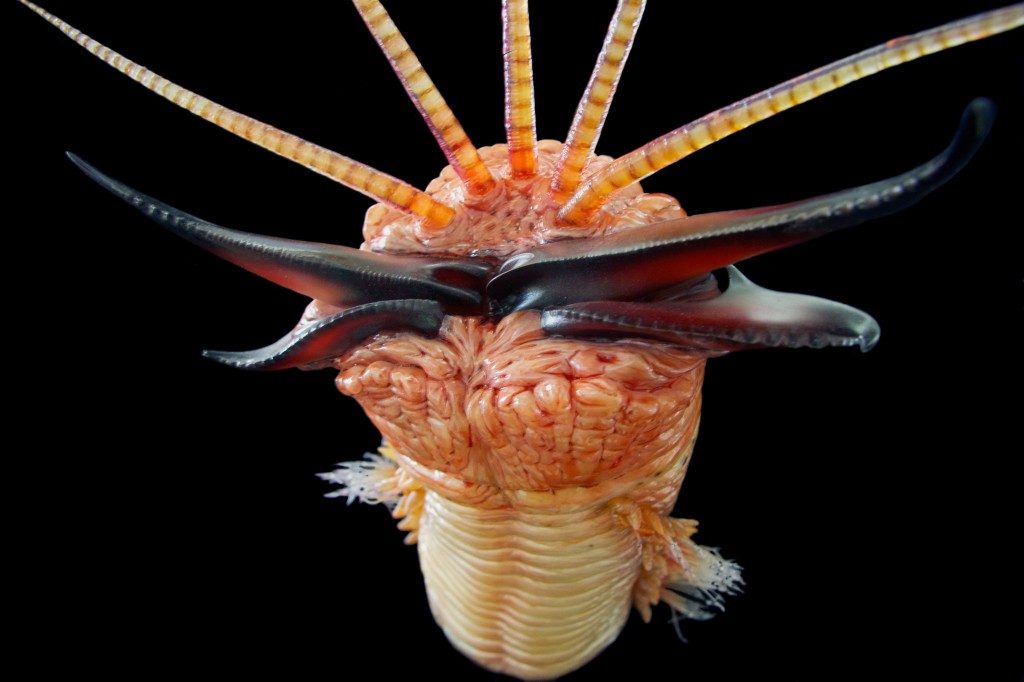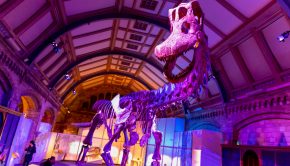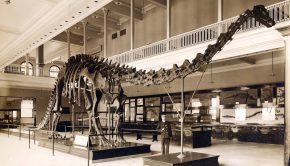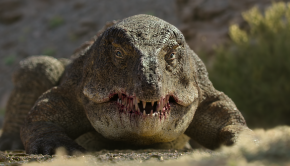Published on March 15th, 2019 | by David Marshall
Episode 98: 10 Tons
From 1:1 scale whales to microfossils scaled up to the size of a house, there are few model-building projects that 10 Tons are afraid to take on. At the helm of this business is Esben Horn and in this episode, he joins us to discuss the process of model building, from concept to museum display.
We also talk about some of the exhibitions 10 Tons have led themselves, including the successful ‘Rock Fossils on Tour‘ exhibition which showcases some of the different fossils named in honour of rock/metal musicians.
Huayangosaurus
Model made for Natur Bornholm, Denmark.
Huayangosaurus was a genus of stegosaurian dinosaurs from the Middle Jurassic. It lived during the Bathonian to Callovian stages, around 165 million years ago, some 20 million years before its famous relative Stegosaurus appeared in North America.
Fossils were found in the province of Huayang in China, and Huayangosaurus were one of the smallest stegosaurians, and measured only 4,5 metres from head to tail.
Huayangosaurus was a quadrupedal herbivore with a small skull and a spiked tail. Like Stegosaurus, Huayangosaurus bore the distinctive double row of plates rising vertically along its arched back. However resembling Stegosaurus, the plates of Huayangosaurus were more spike-like, as well as its skull being broader.
Two plates in the back were formed into large spikes above its hips. These may have been used for deterring an attack from above, considering as it was fairly short in height compared to later stegosaurians.
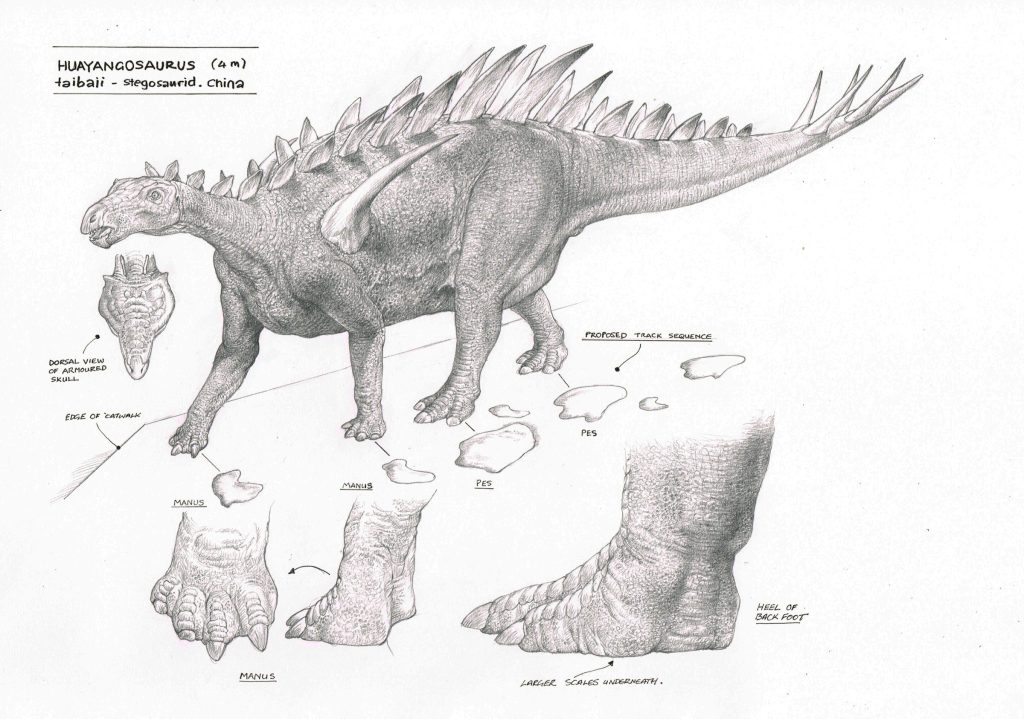
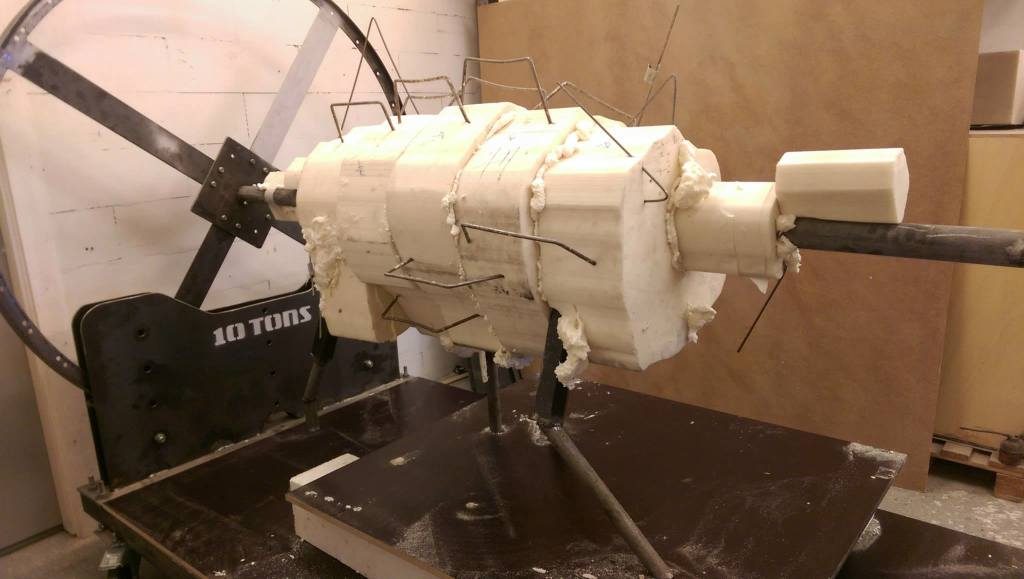
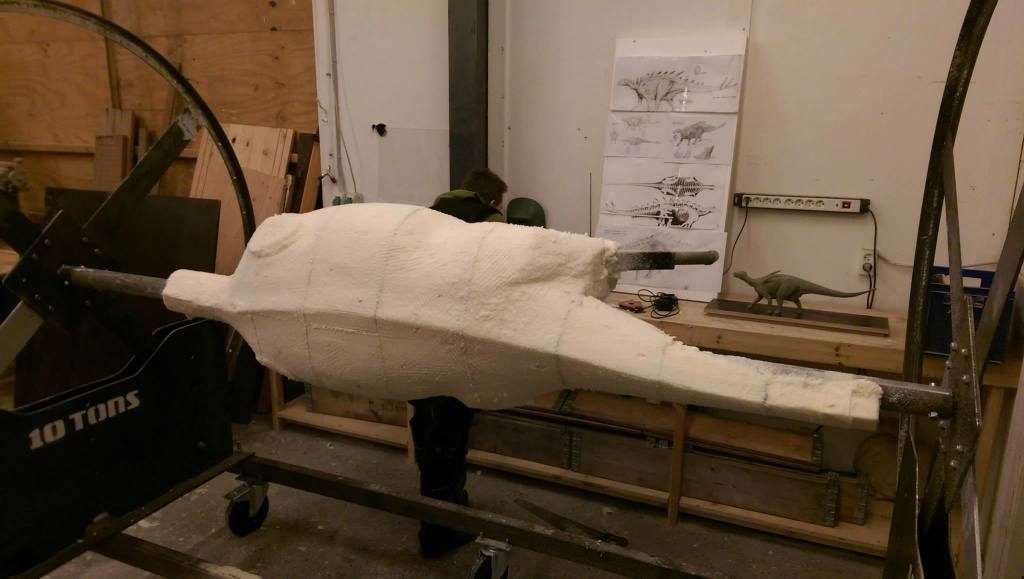
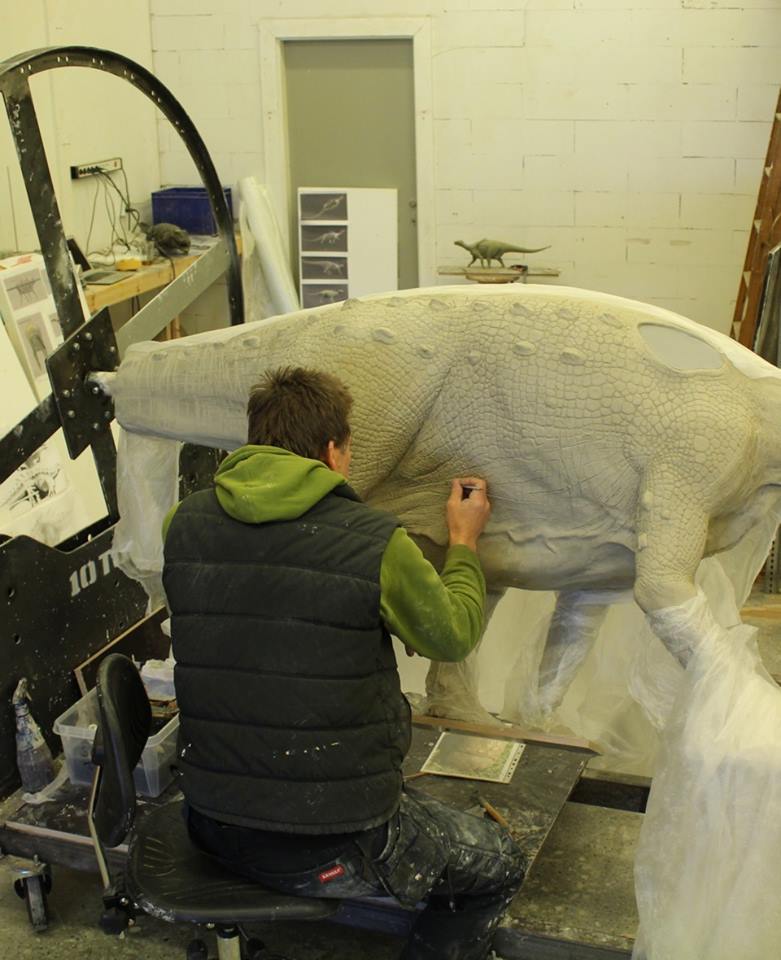
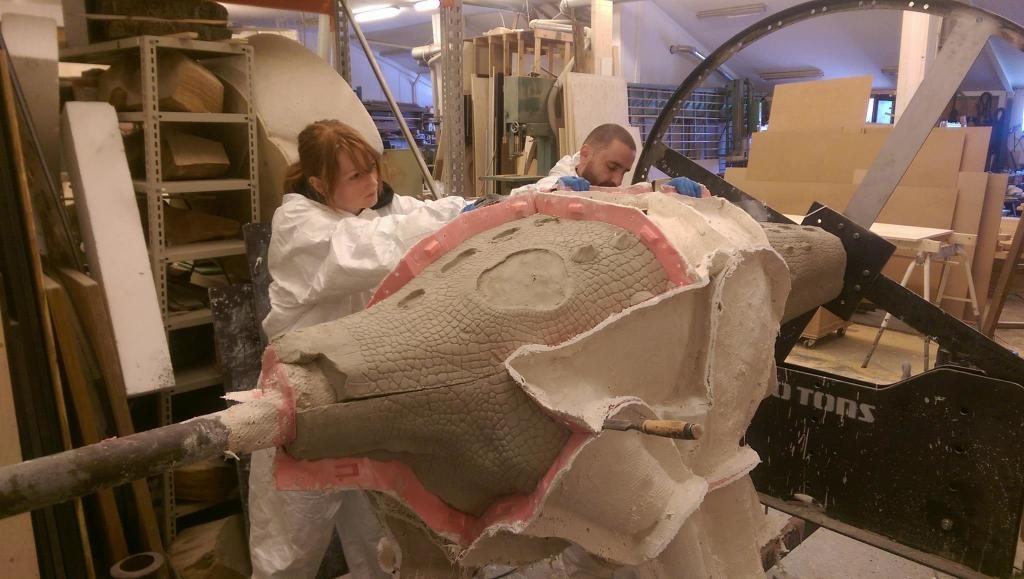
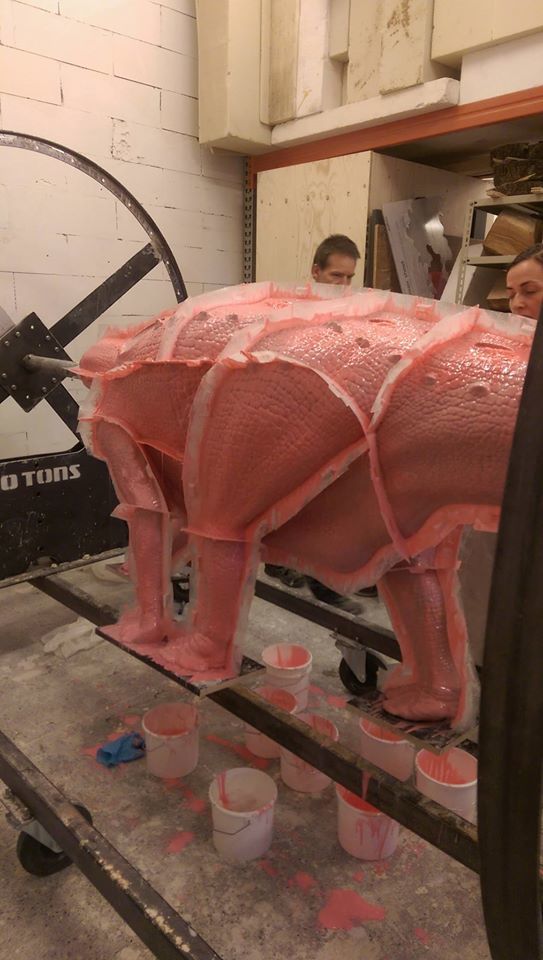
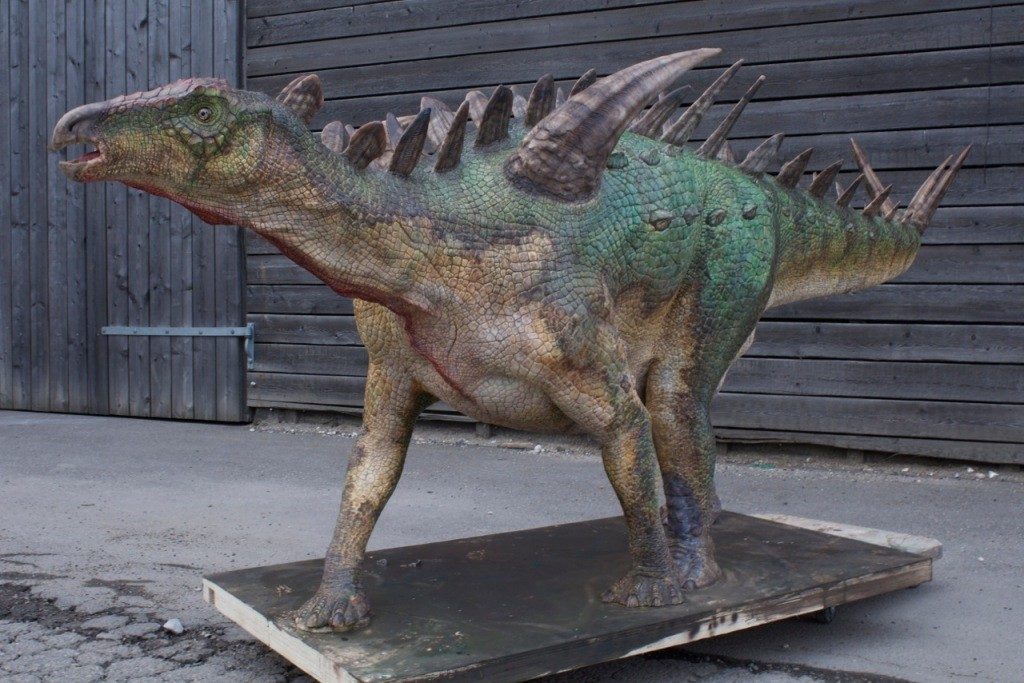
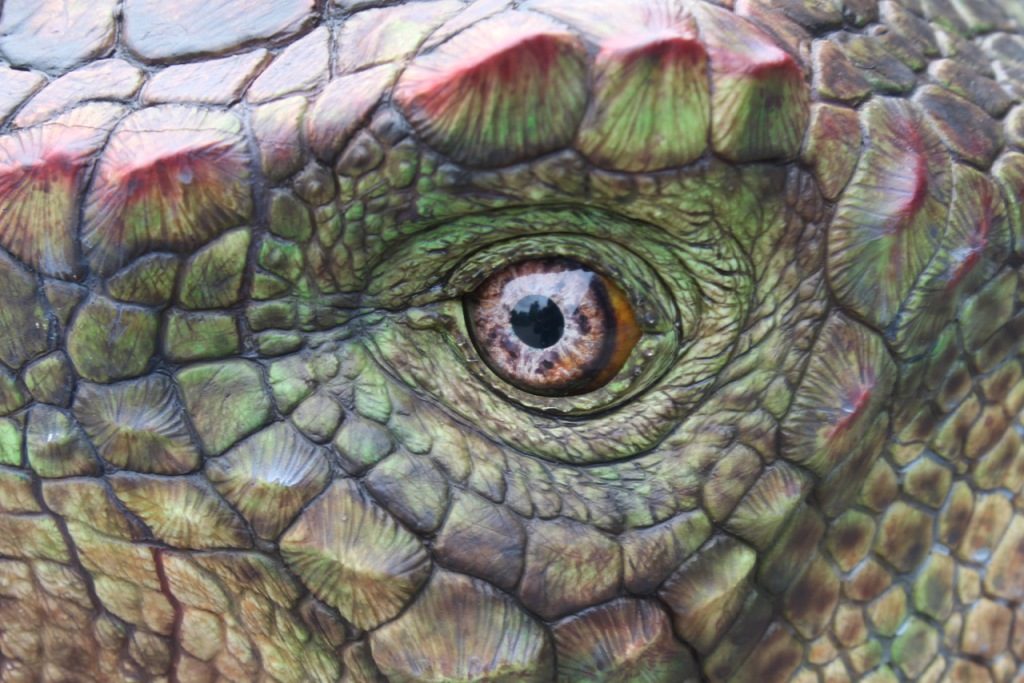
Megalosaurus
Model made for NaturBornholm and Natural History Museum in Oslo, Norway.
Megalosaurus was a genus of large carnivorous theropod dinosaurs of the Middle Jurassic period (Bathonian stage, 166 million years ago). The first fossils were found in 1676 in Oxfordshire in what is now Southern England.
The first naturalists who investigated Megalosaurus mistook it for a gigantic lizard of twenty metres length – hence its name meaning “Great Lizard”. They portrayed it as what can resemble the now living comodo dragons; large dinosaurs walking heavily on all four legs. It was later discovered that Megalosaurus was about 7 metres long and weighing about 1.1 tonnes. It was bipedal, walking on stout hindlimbs, its horizontal torso balanced by a horizontal tail. Its forelimbs were short, though very robust. Megalosaurus had a rather large head, equipped with long curved teeth. It was generally a robust and heavily muscled animal. It most likely had proto-feathers. Megalosaurus was the first genus of non-avian dinosaur to be validly named in 1824. It was perhaps also the first dinosaur, apart from modern birds, to be described in the scientific literature, with a published illustration of a femur bone in 1676 by Robert Plot. At the time, Robert Plot correctly identified the bone as a femur, but incorrectly described it as a Roman war elephant, as the bone was too large to belong to any living species known to be found in England at the time.
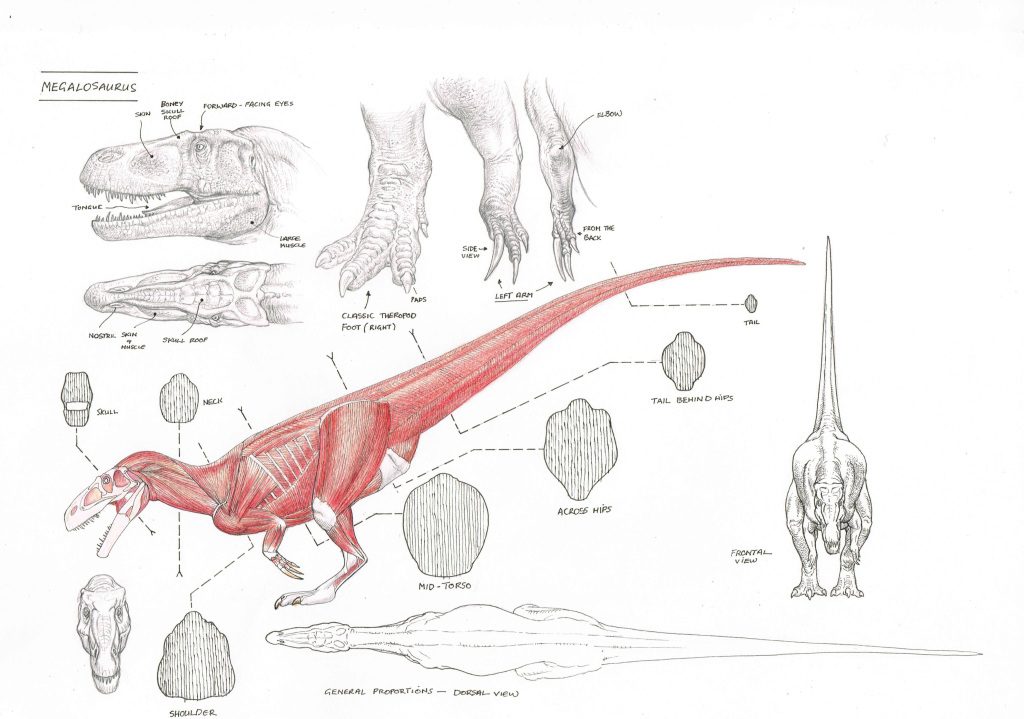
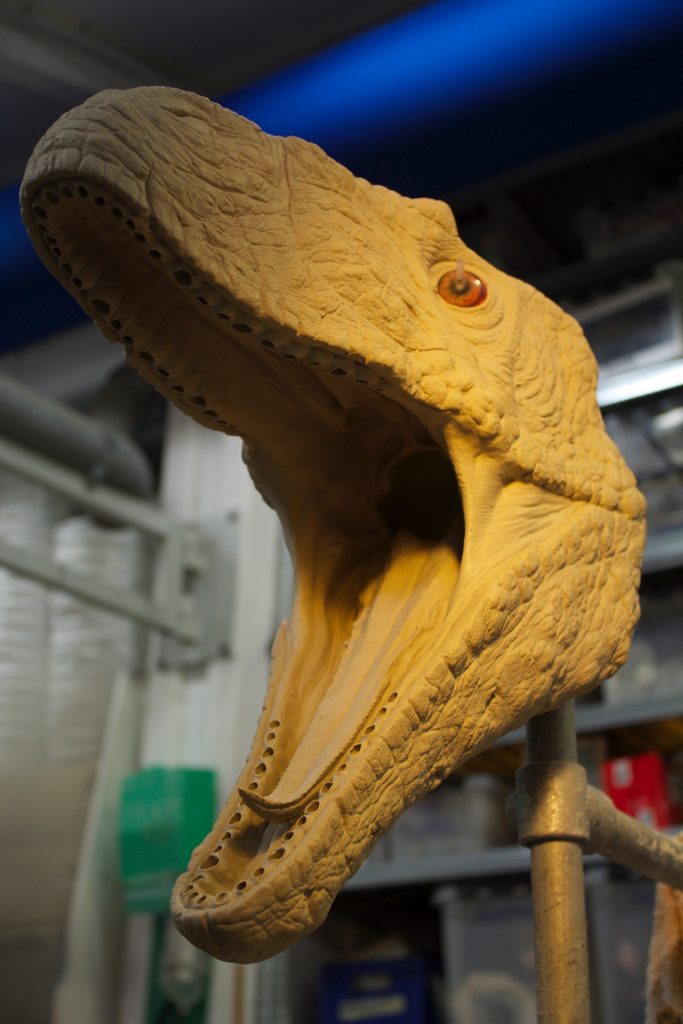
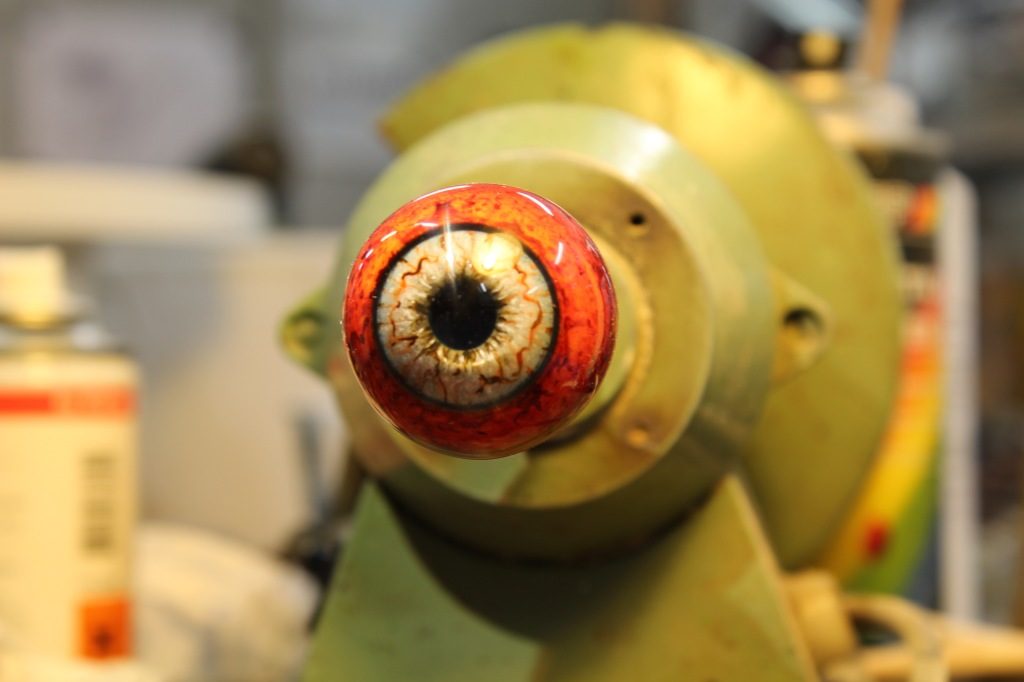
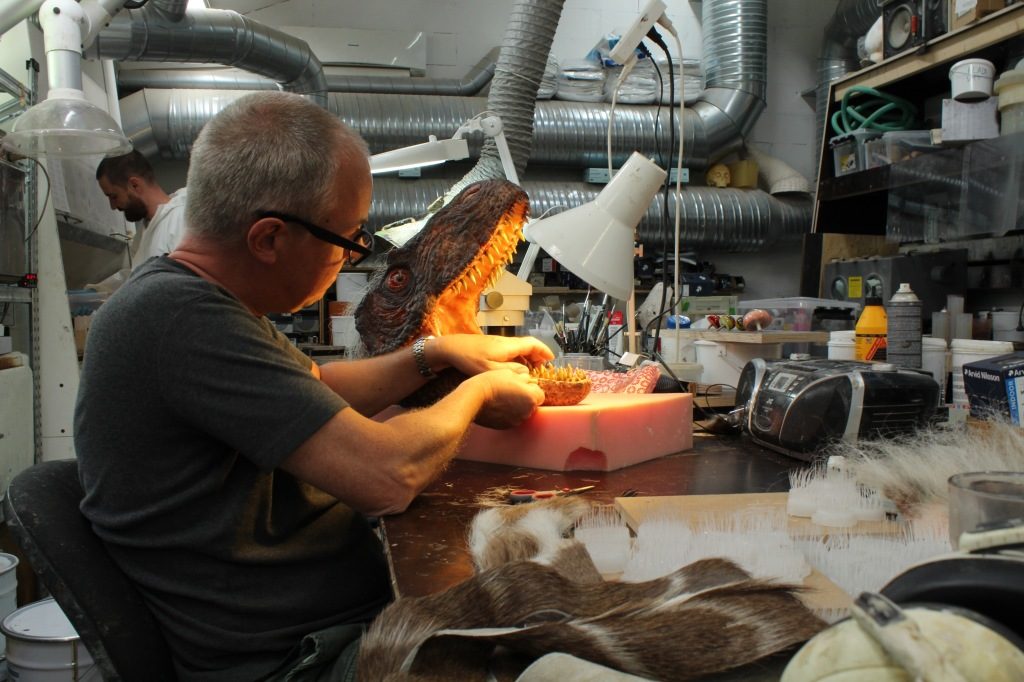
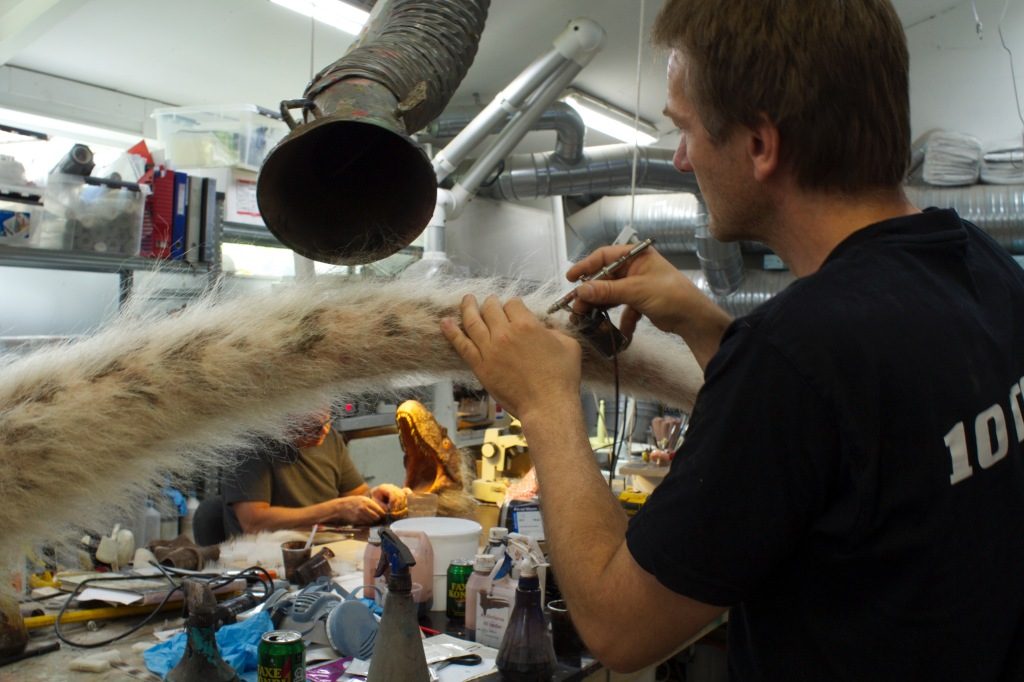
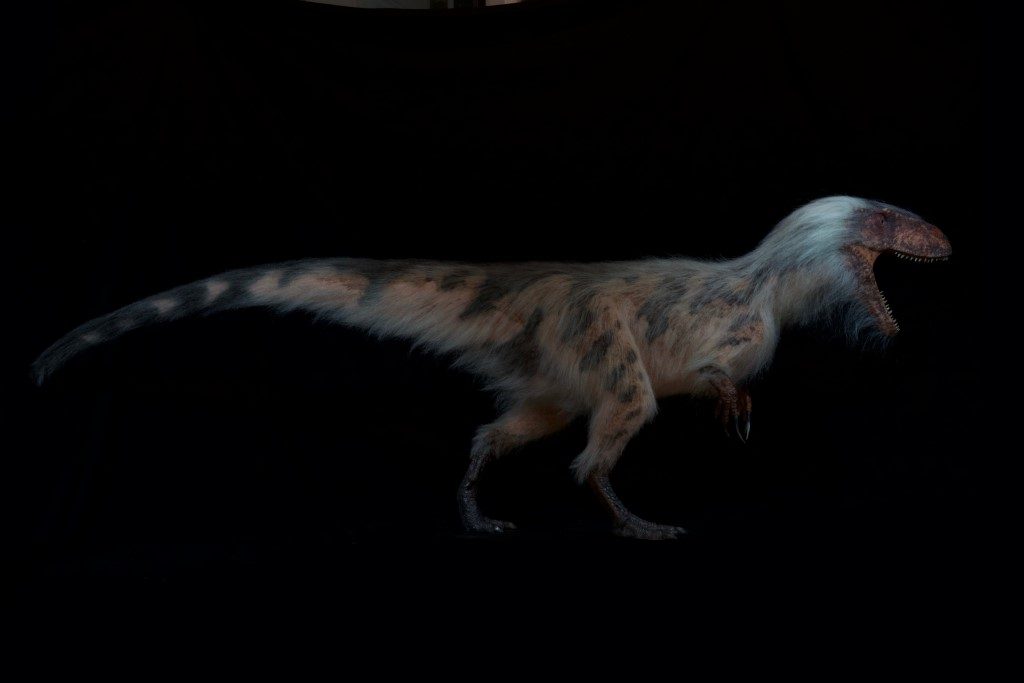
Marella splendens
Made for Lapworth Museum of Geology, Birmingham
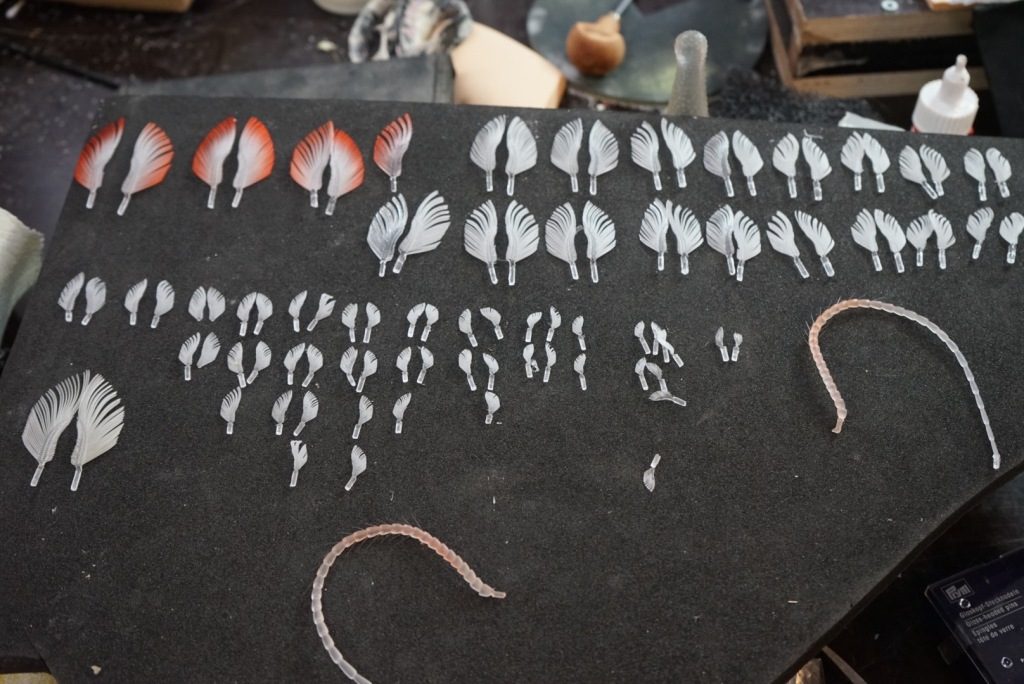
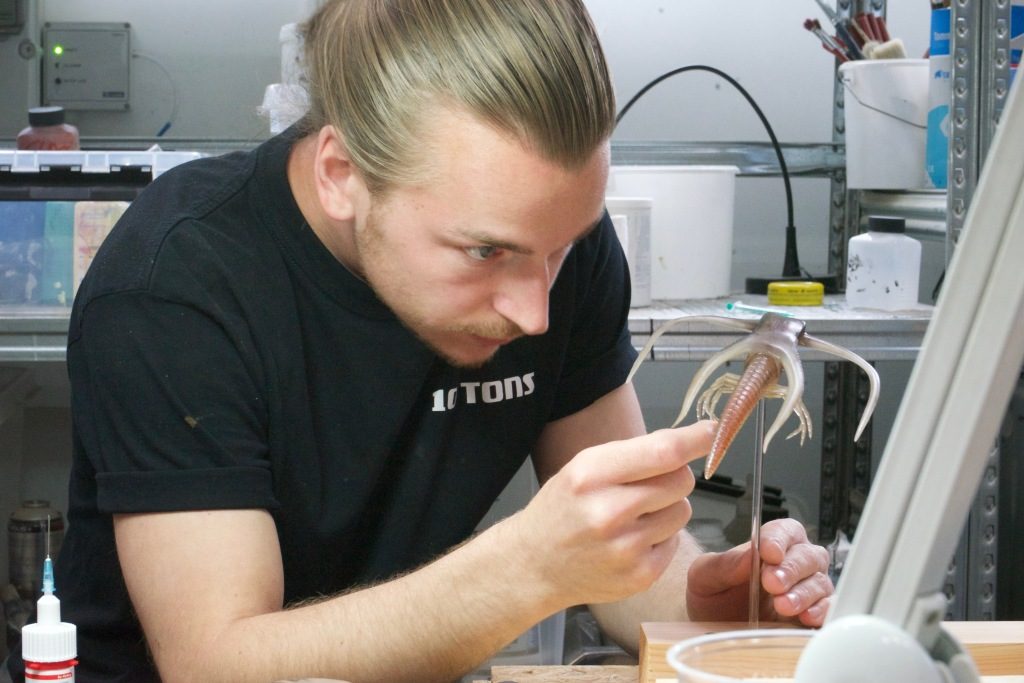
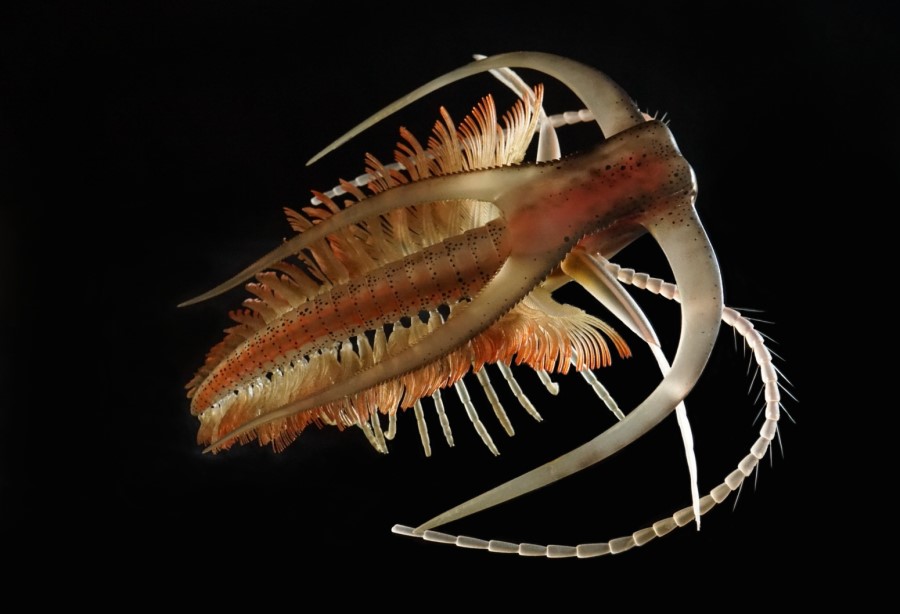
Rock Fossils on tour
‘Rock Fossils On Tour’ is a travelling exhibition of fossils named after rock, punk and heavy metal singers.
When the exhibition opened for the first time at Geomuseum Faxe in 2013, it attracted a surprisingly large amount of attention in the media all over the world, despite the fact that it only consisted of two reconstructions and a couple of posters. Since then, it has grown and it now consists of several reconstructions touring in customised Marshall stack look-a-like flight cases with wheels and aluminium corners, which are easily transformed into exhibition display cases.
First stop on the tour was the Museum of Natural History in Oslo. Since then, the exhibition has visited Natural History Museum Bern, Fossilienmuseum Dotternhausen, NaturBornholm, Natural History Museum Chemnitz, Geomuseum Faxe, Geocenter Møn and Natural History Museum Luxembourg.
Melusinaster
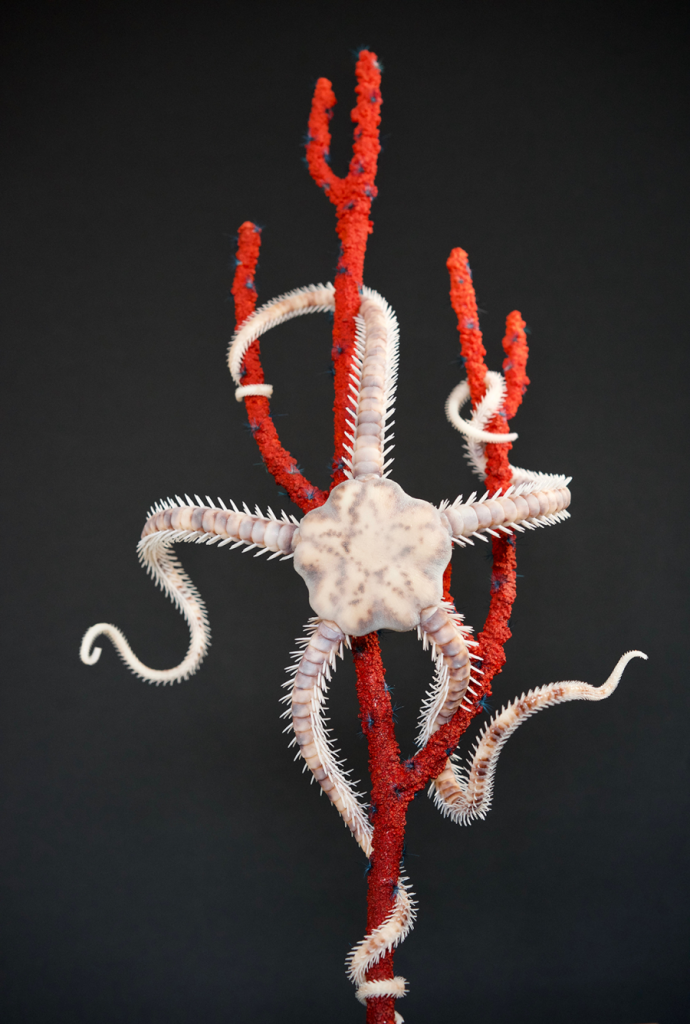
Melusinaster arcusinimicus made for the Rock Fossils on Tour gig at Natural History Museum, Luxembourg summer 2018.
Etymology. Species name corresponding to the Latin translation of Arch Enemy, Swedish death metal band, for producing some of the heaviest melodic death metal songs such as “We will rise” and “Reason to believe”.

Kalloprion kilmisteri
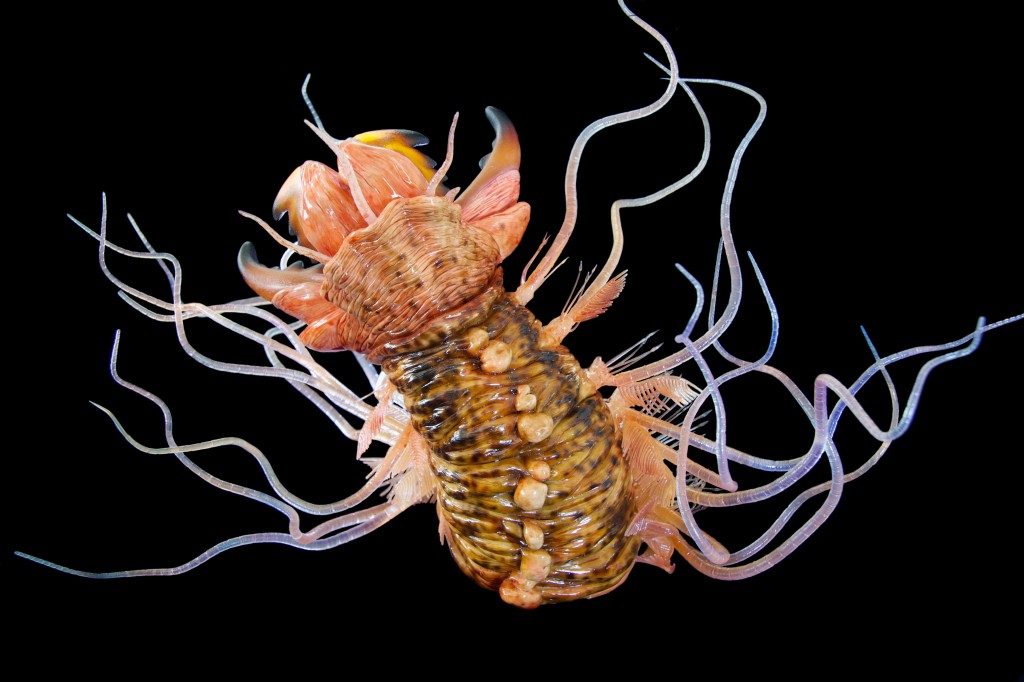
Kingnites diamondi
